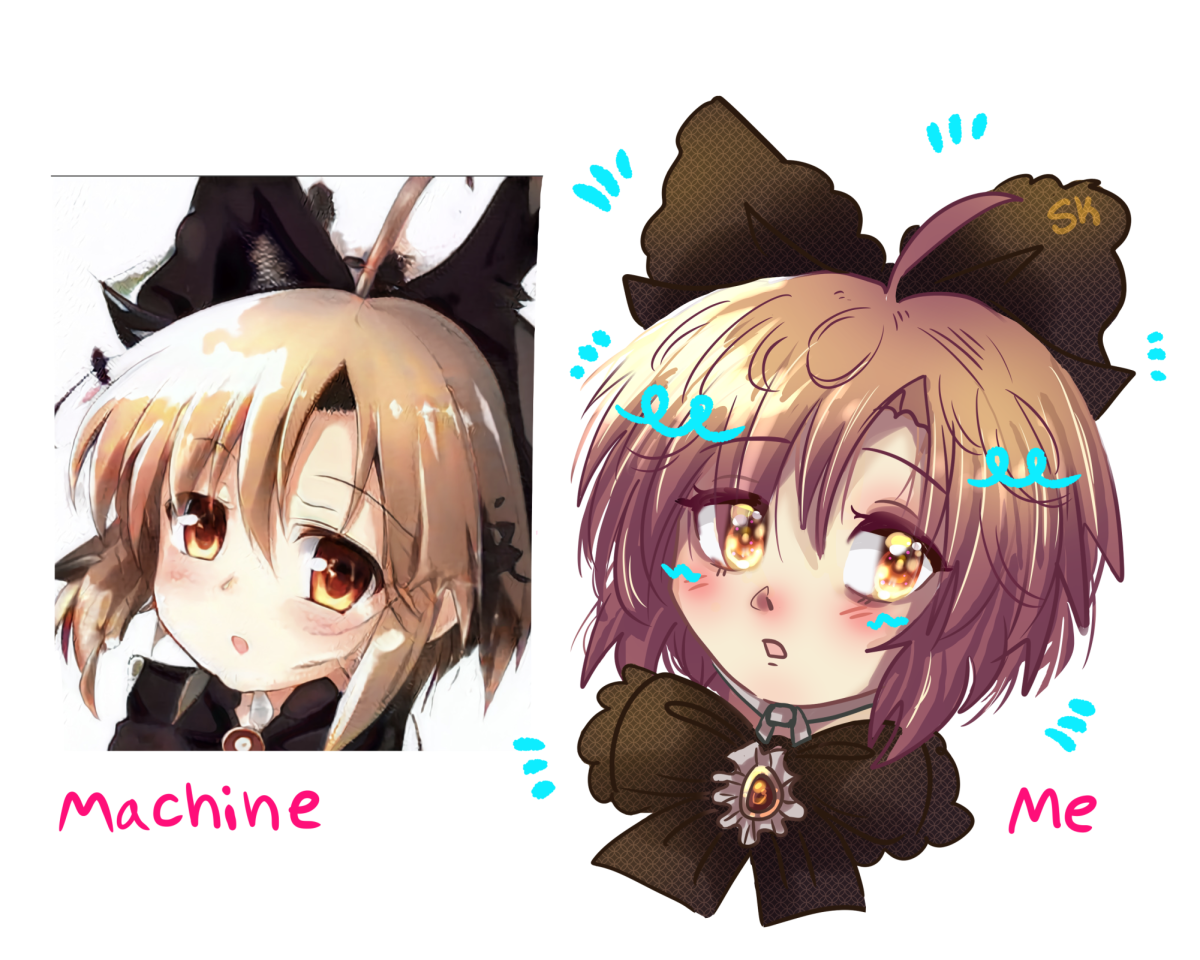Part of the pure joy of reading a book is simply being able to hold it in your hands and feel the rough paper beneath your fingers. It’s the smell of the pages as you open up to the middle of the book and breathe it in deeply. It’s the spine that becomes more and more creased as the book takes you further and further into its story.
It’s the tears in the pages from flipping through a powerful passage, or the stains of haphazardly handled coffee that eventually spills all over half the book. It’s the library we can build with all of our completed, half-finished or untouched novels that lay waiting for us like animals in a pound begging with their eyes to be taken home and cared for.
Is the future of books downloadable tomes that can be purchased and ready to read in under a minute? A little over a year ago I would’ve been thoroughly excited at the thought, but after a bit of firsthand experience, I feel I can say that e-books are not the way to go. It may be a bit more practical, but when it comes to the actual act of reading and studying, I think anyone who has an actual love affair with books may find it to be off-putting and impersonal.
When Amazon.com publicly announced the Amazon Kindle, its new e-book reader, I was thrilled and excited at the possibility of being able to instantly download almost any book I wanted.
With books so inexpensive and storage capabilities so wide, I could have a veritable library in the palm of my hand.
It wasn’t until the second generation of the Kindle came out that I was finally able to get my hands on one. Everything worked perfectly. Books downloaded in under a minute, I was able to connect to the internet practically anywhere and I could take it all with me.
For a time, everything seemed perfect while my paperbound books sat on the shelf collecting dust. For as useful as the Kindle was, there was still something missing. It didn’t have that same feeling a regular book has. While the end is the same for both, the means of getting there just seems so much more appealing the standard paper way.
Unfortunately, the Kindle can offer none of the perks which make reading actual books so enjoyable. It tries to make up for it with its changeable font size and text-to-voice function, but I’m afraid none of it actually comes close to taking the place of a real book.
Although it boasts over 100,000 selections, ranging everywhere from novels to newspapers to magazines, it’s still a far cry from everything out there that people may want to read. And for all of the special features it contains, the Kindle remains to be just a cold piece of metal and plastic from which books can be read.
Yet the Kindle family is growing. Shortly after the release of its
second generation model, Amazon then released the Kindle DX. This features an even bigger screen and seems to aim more for college students who would use their Kindle to read textbooks. Next Amazon is releasing a new version of their second generation model which now enables international wireless. People from all over the world can now enjoy having nearly any book at their fingertips.
The Kindle may simplify reading and studying, as well as save you shelf space, but nothing beats the relationship one has with an actual novel. Technology cannot replace the feeling of disappearing inside the pages of a book.
While the Kindle is an interesting device, and is bound to change the way a lot of people read books, but for me, it remains cold and distant.
























